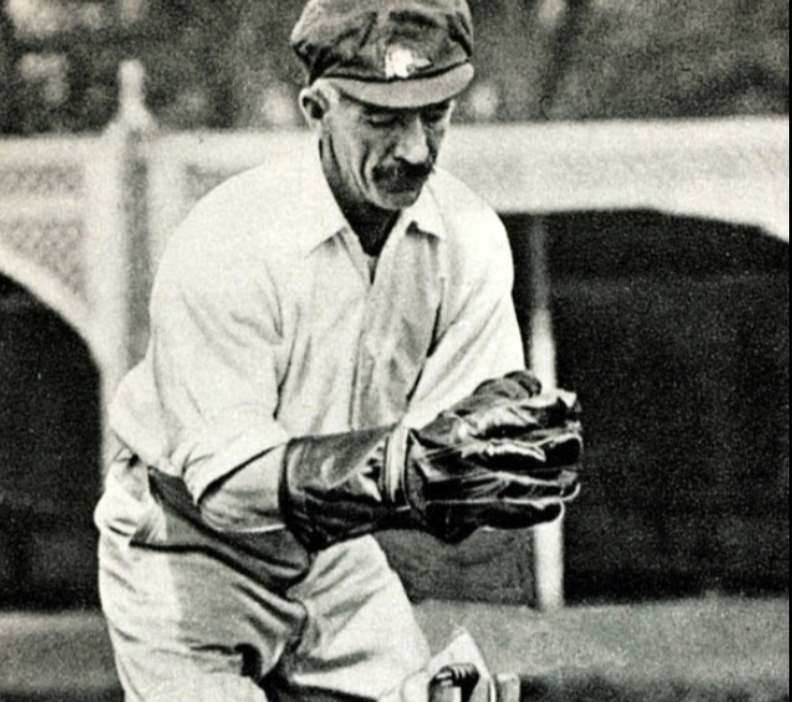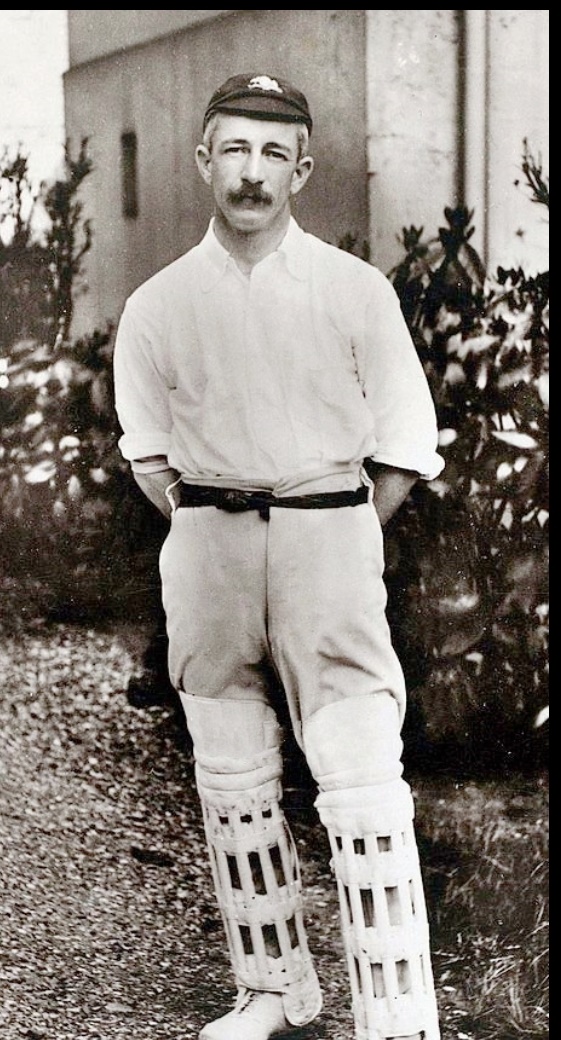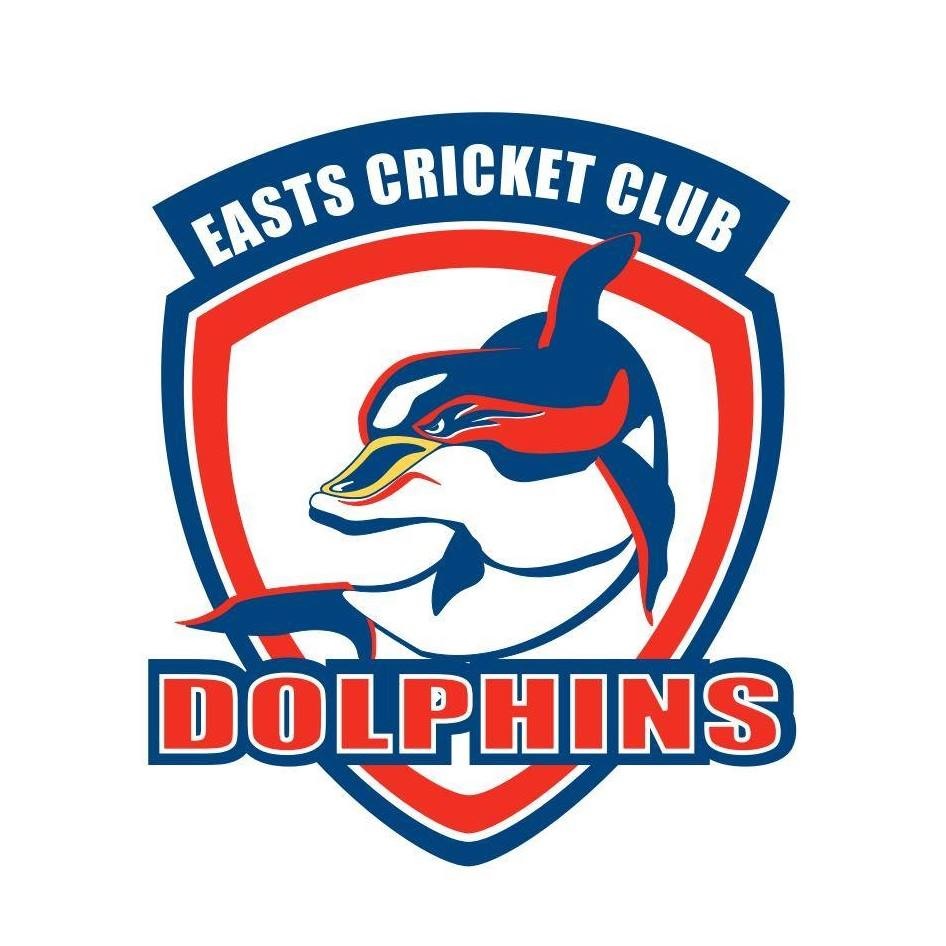Hanson “Sep” Carter, the Prince of Wicket Keepers
Eastern Suburbs Cricket Club Sydney | June 06, 2023

By Dennis Hourn
The Eastern Suburbs (Waverley) Cricket Club in its 125 year history has been blessed with many outstanding wicket keepers. Keepers such as Brad Haddin, Peter Nevill, both recent Australian representatives and Ferris Ashton, better known for his football prowess, but who was an outstanding gloveman and the first wicket keeper to make a first grade century for the club. The club’s keeping tradition was to begin with Hanson “Sep” Carter who joined the club in 1897, played continuously for 30 seasons, and was to represent and one time captain Australia with distinction.
Sep Carter was born on 15 March 1878 and debuted in first grade at the age of 19. He must have been in awe of his team mates two of whom were test players, Syd Gregory and Frank Iredale and the team was brimming with first class players. Sep’s father Walter Carter, who had established the Walter Carter Funeral Home, was the mayor of Waverley and also club president. Carter’s rise as a wicketkeeper was meteoric. In his first season of grade he was selected to play for NSW. In 1902 he went to England as the reserve keeper. And it was in 1902 Carter invented the “crouch” position which wicket keepers across the world quickly adopted.
Sep Carter was a true innovator. A few years later in 1904 in the match between NSW and South Australia Sep played first ramp or scoop shot as it was called at the time against test player George Giffen. A shot that was often played by Don Bradman.
Sep and Syd Gregory were welcomed home from that tour with a gala evening at the Grand Hotel Waverley on 11 December 1902. The return from an English tour was slow but Carter had returned in time to be an important part of the club’s first premiership. And no wonder they were a force. The premiership team contained two test players and another four first class players.
But troubled waters lay ahead. At a Waverley SGM on 29th May 1906 the club endorsed the action the by the NSW Cricket Association in suspending “Mr. H Carter for aligning himself with Victor Trumper, Warwick Armstrong and Tibby Cotter and signing with the Melbourne Cricket club for a private tour”. He was reinstated the following year and finished playing for Waverley in 1927 by which time he had won 4 first grade premierships and scored more than 6000 runs.

Sep was a feisty character and didn’t always endear himself to the establishment. While on the 1921 Ashes tour he “flew by airplane” from Paris and landed at Cricklewood, London in a race with his teammates who went by train. It was a very rough two and half hour trip but he won. However it did cost him $20 when his team mates only paid $16. The Cricket Board was not amused. Travel was a passion of Carter who made several world cruises.
In 1908 he was described in a newspaper report as small, brimming over with confidence, an artist and the “smartest that has ever represented NSW”. Monty Noble went further and said he was the “greatest keeper he had seen”. He was also described as one of cheekiest players ever on a cricket field, a tradition followed only too well by many of his successor wicket keepers.
Sep Carter was also a very astute business man taking over the funeral business established by his father. He was very generous and mentored many young players, paying their University fees and providing them with accommodation. When Sep died in June 1948 he left an estate of $165,304, a huge sum for those days.








